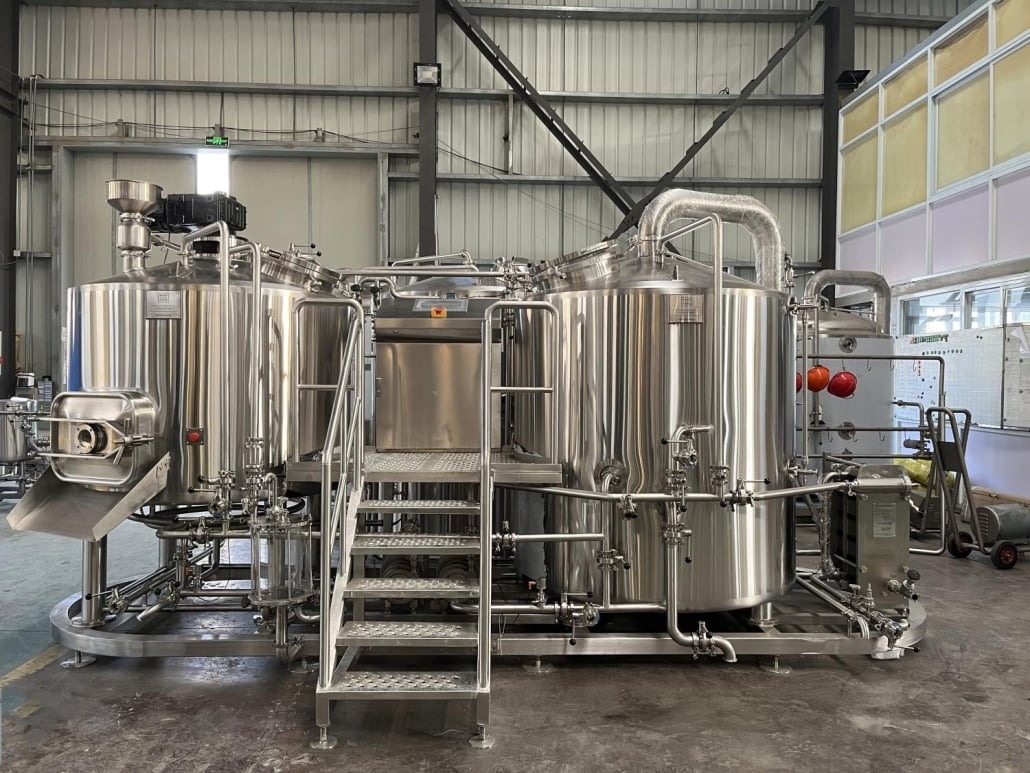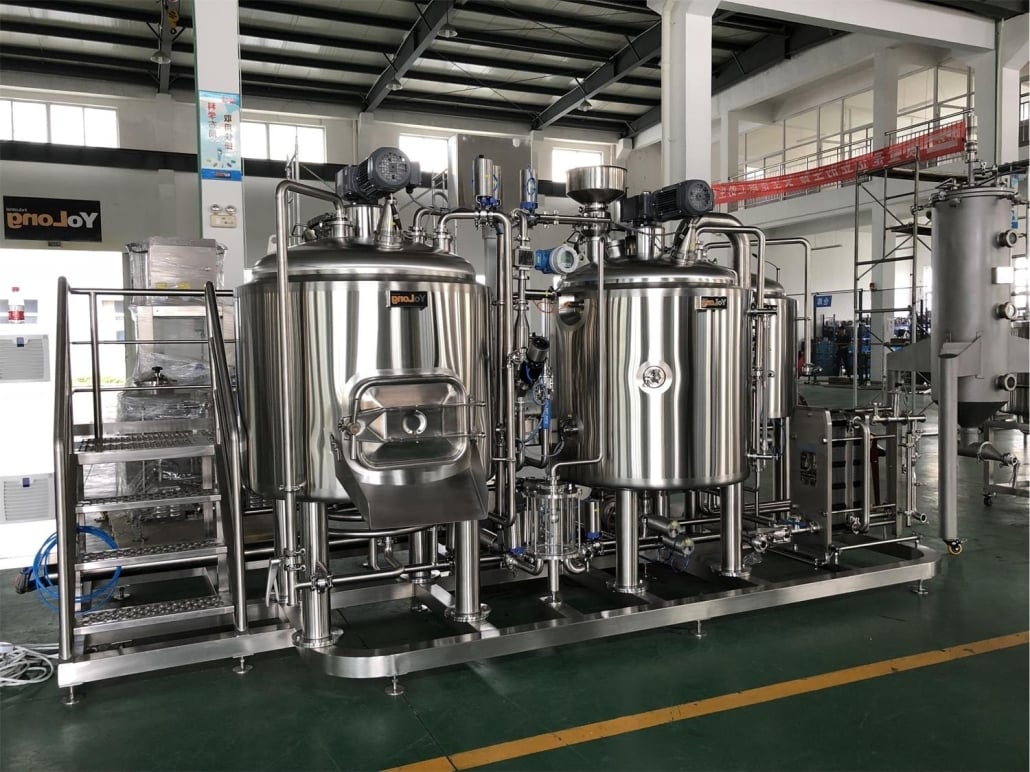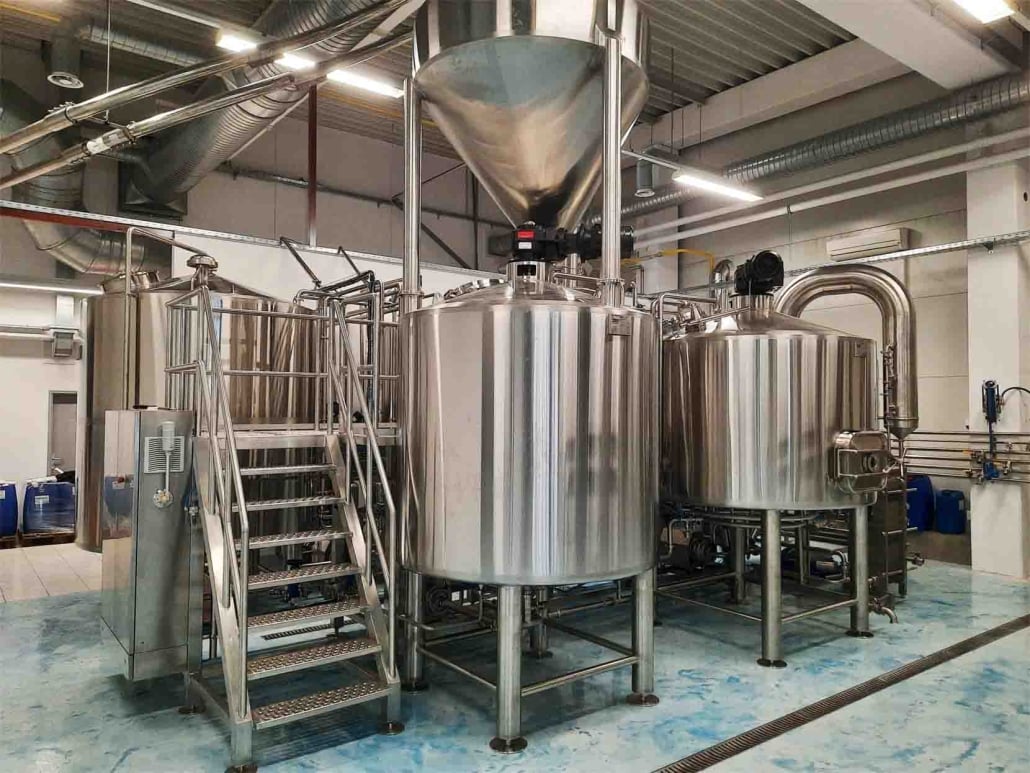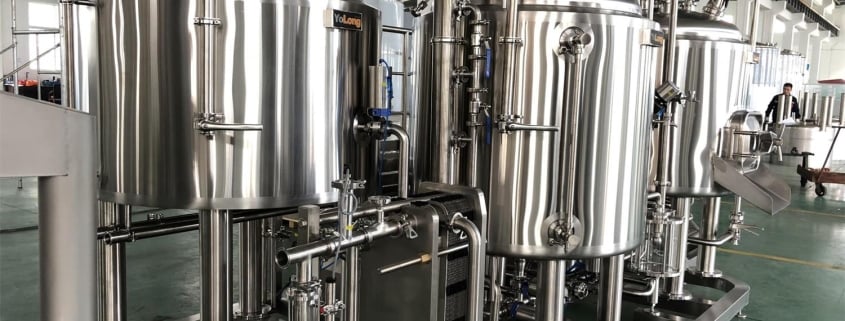Starting a Microbrewery
Starting a microbrewery is an exciting venture filled with opportunities to craft unique brews, create a brand, and connect with a community of beer enthusiasts. But where do you start? This comprehensive guide will walk you through every aspect of starting your own microbrewery, from equipment and brewing processes to design and supplier selection. Let’s dive in!
Overview of Starting a Microbrewery
Launching a microbrewery involves several key steps, including planning, acquiring equipment, setting up the brewing process, and ensuring compliance with regulations. This guide covers all these aspects in detail, providing a clear roadmap for your journey into the brewing industry.
Key Points to Consider
- Business Plan: Define your mission, target market, and financial projections.
- Location: Choose a site that supports your brewing needs and is accessible to your customers.
- Regulations: Obtain the necessary licenses and permits.
- Equipment: Select the right brewing equipment for your production scale.
- Brewing Process: Understand the brewing process from start to finish.
- Marketing: Develop a strong brand and marketing strategy.

Equipment Guide for Starting a Microbrewery
Choosing the right equipment is crucial for your microbrewery’s success. Here’s a detailed guide to the essential equipment you’ll need.
Types of Brewing Equipment
| Equipment Type | Description | Key Considerations |
|---|---|---|
| Mash Tun | Vessel where the mashing process occurs, converting starches into fermentable sugars. | Size, material, and heating method (direct fire, steam). |
| Lauter Tun | Used to separate the wort from the spent grain. | Efficiency and ease of cleaning. |
| Brew Kettle | Where the wort is boiled and hops are added. | Heating method, capacity, and material. |
| Fermenters | Tanks where fermentation takes place. | Size, cooling system, and material. |
| Bright Tanks | Used for maturing, clarifying, and carbonating beer. | Capacity and pressure ratings. |
| Cooling System | Equipment to chill wort quickly. | Efficiency and type (plate chiller, glycol system). |
| Packaging | Bottling or canning lines. | Speed, automation level, and flexibility. |
Brewing Process: Step-by-Step
The brewing process is a complex but fascinating journey. Here’s a detailed breakdown:
1. Mashing
In the mashing stage, malted grains are mixed with hot water in the mash tun to convert starches into fermentable sugars. The temperature and duration of this process are critical for determining the beer’s flavor and body.
2. Lautering
After mashing, the mixture is transferred to the lauter tun, where the solid grains are separated from the liquid wort. This process involves recirculating the wort and sparging (rinsing) the grains to extract as much fermentable material as possible.
3. Boiling
The wort is then boiled in the brew kettle. Hops are added during the boil for bitterness, flavor, and aroma. Boiling also sterilizes the wort and evaporates unwanted volatile compounds.
4. Cooling
Post-boil, the wort needs to be rapidly cooled to a temperature suitable for fermentation. This is typically done using a plate chiller or a glycol system.
5. Fermentation
Cooled wort is transferred to fermenters where yeast is added. Fermentation converts the sugars in the wort into alcohol and carbon dioxide. This stage can take several days to weeks, depending on the beer style.
6. Conditioning
After fermentation, the beer is conditioned in bright tanks. During this stage, it matures, clarifies, and carbonates. This can also involve additional hop additions (dry hopping) for certain styles.
7. Packaging
The final stage is packaging the beer for distribution. This can be done in bottles, cans, or kegs. The choice depends on your market and distribution strategy.
Capacity, Space, and Customization
Considerations for Brewery Design
| Factor | Details |
|---|---|
| Capacity | Determine your production volume based on market demand and growth projections. |
| Space | Allocate space for brewing, fermentation, packaging, storage, and a tasting area if desired. |
| Layout | Design an efficient workflow to minimize movement and enhance productivity. |
| Customization | Customize equipment and layout to match your specific brewing processes and brand identity. |
Space and Layout Planning
Effective space and layout planning are critical for operational efficiency. Here’s a breakdown of essential areas:
- Brewing Area: Central space for mash tun, lauter tun, and brew kettle.
- Fermentation Area: Separate, temperature-controlled area for fermenters.
- Packaging Area: Space for bottling or canning lines and kegging operations.
- Storage: Adequate storage for raw materials, packaging supplies, and finished products.
- Tasting Room: Optional area for customer interaction and direct sales.
Selecting Suppliers and Price Range
Choosing the right suppliers is crucial for obtaining quality equipment at reasonable prices.
Supplier Considerations
| Aspect | Details |
|---|---|
| Reputation | Research supplier reviews and industry reputation. |
| Pricing | Compare prices across suppliers to ensure competitive rates. |
| Support | Evaluate the level of customer support and after-sales service. |
| Customization | Check if the supplier offers customization options for your equipment. |
| Delivery Times | Consider the supplier’s lead times and reliability in meeting deadlines. |
Price Range for Equipment
| Equipment Type | Price Range |
|---|---|
| Mash Tun | $10,000 – $50,000 |
| Lauter Tun | $8,000 – $40,000 |
| Brew Kettle | $15,000 – $60,000 |
| Fermenters | $12,000 – $55,000 |
| Bright Tanks | $10,000 – $45,000 |
| Cooling System | $5,000 – $30,000 |
| Packaging Lines | $20,000 – $100,000 |

Installation, Operation, and Maintenance
Ensuring smooth installation, efficient operation, and regular maintenance of your brewery equipment is key to your success.
Installation Tips
- Professional Setup: Hire experienced professionals for installation to ensure safety and efficiency.
- Space Utilization: Maximize space usage by planning the layout meticulously.
- Utility Connections: Ensure proper connections for water, electricity, and gas.
Operational Best Practices
- Training: Provide thorough training for your team on equipment operation.
- Monitoring: Implement regular monitoring to track production metrics and equipment performance.
- Quality Control: Establish stringent quality control measures to maintain beer consistency.
Maintenance Guidelines
- Routine Checks: Perform regular inspections and maintenance of all equipment.
- Cleaning Protocols: Adhere to strict cleaning protocols to prevent contamination.
- Repairs and Upgrades: Keep a log of repairs and consider timely upgrades to enhance efficiency.
Choosing the Right Supplier
Selecting the best supplier involves evaluating several factors. Here’s a guide to making an informed decision.
Factors to Consider
| Factor | Importance |
|---|---|
| Quality | Ensure the supplier offers high-quality, durable equipment. |
| Cost | Balance cost with the quality and features of the equipment. |
| Experience | Prefer suppliers with extensive experience in the brewing industry. |
| Service | Look for suppliers who provide excellent customer service and support. |
| Flexibility | Check if the supplier can accommodate custom requests and provide tailored solutions. |

Advantages and Limitations
Mash Tun Options
| Type | Advantages | Limitations |
|---|---|---|
| Direct Fire | Simple and cost-effective. | Can cause uneven heating. |
| Steam Jacketed | Provides even heating and temperature control. | Higher initial cost and maintenance. |
| Electric | Precise control over heating. | Higher operating costs due to electricity. |
Fermenter Choices
| Type | Advantages | Limitations |
|---|---|---|
| Conical | Easy to clean and manage. | More expensive than cylindrical tanks. |
| Cylindrical | Cost-effective and widely available. | Less efficient in separating trub. |
FAQ
| Question | Answer |
|---|---|
| What is the average cost to start a microbrewery? | Costs can vary widely, but a small-scale microbrewery typically costs between $250,000 and $1 million, including equipment, licensing, and setup. |
| How long does it take to start a microbrewery? | The process can take 6 months to 2 years, depending on factors like location, licensing, and construction. |
| What licenses do I need to start a microbrewery? | Common licenses include federal and state brewing permits, local business licenses, and health department permits. |
| Can I start a microbrewery at home? | While homebrewing is a popular hobby, starting a commercial microbrewery at home typically requires significant space and adherence to local laws. |
| What is the difference between a microbrewery and a nanobrewery? | A microbrewery typically produces up to 15,000 barrels of beer per year, while a nanobrewery produces on a much smaller scale, often under 100 barrels per year. |













